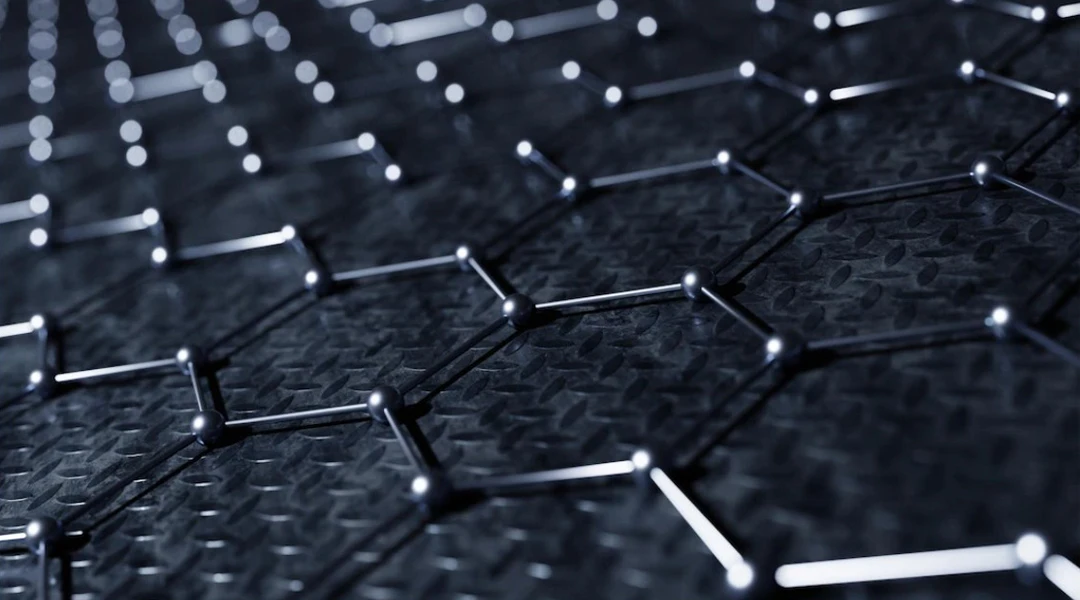In the cutting sector, HSS and carbide tools are essentially necessary. There are several things to know when you want to make a choice. Let’s understand a significant parameter which is the
composition of HSS tools or Cutting tools
.
The manufacture and composition of HSS tools or cutting tools involve several different components. These components’ makeup percentages vary. Carbon, which makes up between 1 and 4 percent of the weight, is the most significant. The HSS tools are created when this carbon mixes with one or more alloys. These alloys could vary depending on the type of HSS. The HSS derives its hardness property from this combination. The most significant components of these alloys are tungsten and molybdenum. The hardness and toughness of HSS tools are increased by around 10% as a result of their inclusion. Additionally, keeping those qualities when using those instruments at high temperatures for cutting is beneficial. Vanadium, chromium, and perhaps cobalt are other elements.
Cobalt, on the other hand, increases tool strength and wear resistance. Because of this, it is frequently included among producers of HSS tools for premium drilling applications. Carbide denotes a distinct composition on the other hand. Despite the fact that carbon is present, other alloys are necessary. These alloys/elements are necessary for the stability of carbide tools. Compared to carbon, these elements are often less electronegative. These carbide tools may be made of non-metal or metal carbides. Carbon would make up the metal carbide together with cobalt, tungsten, vanadium, and titanium. Silicon, boron, and carbon would make up the non-metal carbide. Tools made of carbide are heat-resistant thanks to their components. Tools made of tungsten carbide are the ideal combination. This explains why carbide tools last longer than HSS tools when compared side by side.
High-speed steel is still the material of choice for many applications at a time when consumers demand dependable, consistent, multifunctional equipment at a reasonable cost. As a result, it is still competitive in the market despite younger and more sophisticated materials. If anything, HSS has over many years become stronger by adjusting its composition and adding new technology, all helping to retain its position as a vital material in the metal-cutting industry. HSS continues to be a crucial part of giving clients what has always been a crucial requirement: choice, in the cutting tool sector industry, which has always been a competitive field.


I’m not sure where you’re getting your info, but good topic.